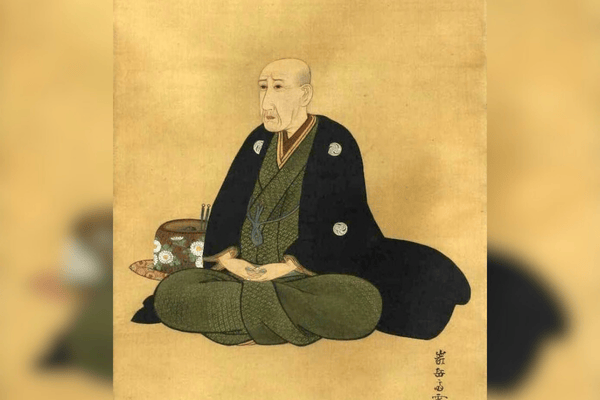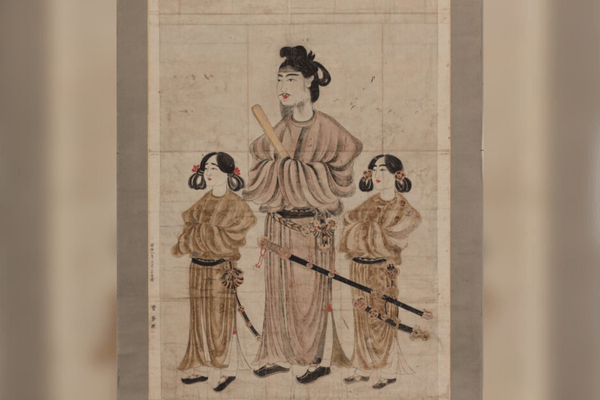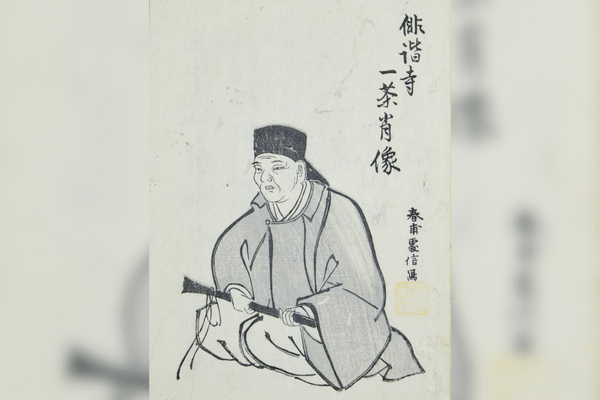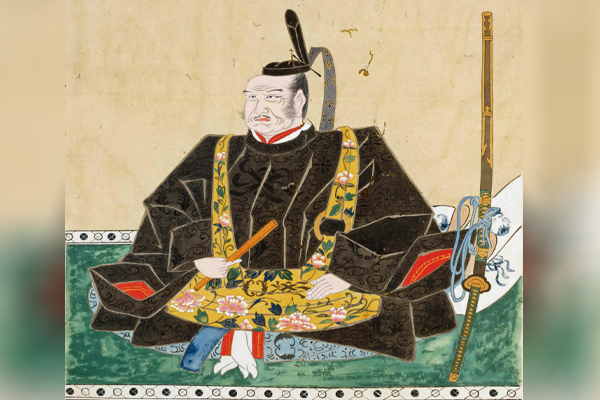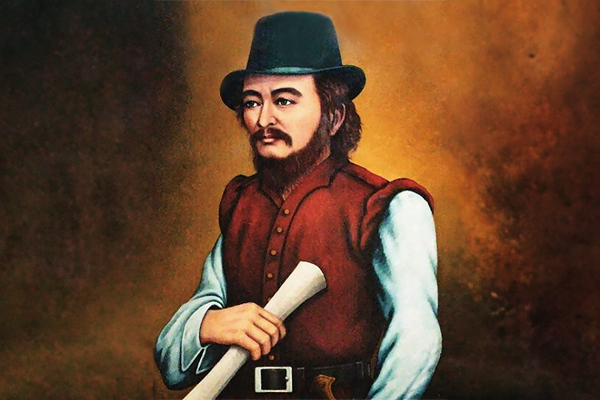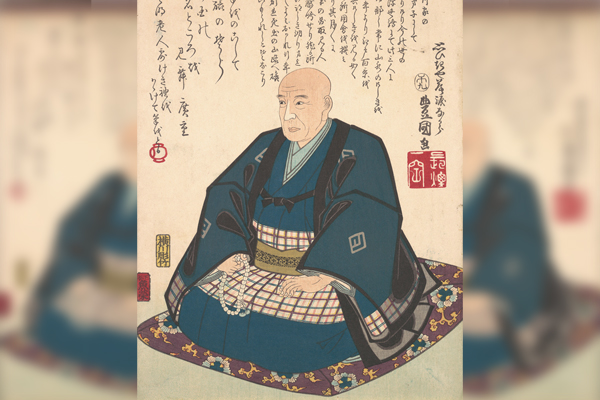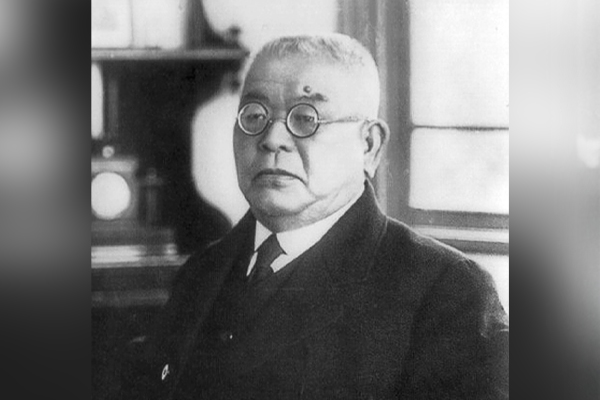Muneshige Tachibana was a renowned samurai who lived and thrived during Japan’s Sengoku period. Known for his undefeated record in battle, he was called “The Invincible Warrior of the West” due to his numerous exploits in western Japan.
View More JAPANESE SAMURAI / Tokugawa YoshinobuTag: Samurai
JAPANESE SAMURAI / Shoin Yoshida
Muneshige Tachibana was a renowned samurai who lived and thrived during Japan’s Sengoku period. Known for his undefeated record in battle, he was called “The Invincible Warrior of the West” due to his numerous exploits in western Japan.
View More JAPANESE SAMURAI / Shoin YoshidaJAPANESE SAMURAI / Heihachiro Togo
Muneshige Tachibana was a renowned samurai who lived and thrived during Japan’s Sengoku period. Known for his undefeated record in battle, he was called “The Invincible Warrior of the West” due to his numerous exploits in western Japan.
View More JAPANESE SAMURAI / Heihachiro TogoJAPANESE SAMURAI / Bakin Kyokutei
Muneshige Tachibana was a renowned samurai who lived and thrived during Japan’s Sengoku period. Known for his undefeated record in battle, he was called “The Invincible Warrior of the West” due to his numerous exploits in western Japan.
View More JAPANESE SAMURAI / Bakin KyokuteiJAPANESE SAMURAI / Shinsaku Takasugi
Muneshige Tachibana was a renowned samurai who lived and thrived during Japan’s Sengoku period. Known for his undefeated record in battle, he was called “The Invincible Warrior of the West” due to his numerous exploits in western Japan.
View More JAPANESE SAMURAI / Shinsaku TakasugiJAPANESE SAMURAI / Umayado no Oji (Prince Umayado)
Muneshige Tachibana was a renowned samurai who lived and thrived during Japan’s Sengoku period. Known for his undefeated record in battle, he was called “The Invincible Warrior of the West” due to his numerous exploits in western Japan.
View More JAPANESE SAMURAI / Umayado no Oji (Prince Umayado)SAMURAI Legends: A Samurai Spirit Lives On / Hideo Naito
Muneshige Tachibana was a renowned samurai who lived and thrived during Japan’s Sengoku period. Known for his undefeated record in battle, he was called “The Invincible Warrior of the West” due to his numerous exploits in western Japan.
View More SAMURAI Legends: A Samurai Spirit Lives On / Hideo NaitoJAPANESE SAMURAI / Issa Kobayashi
Muneshige Tachibana was a renowned samurai who lived and thrived during Japan’s Sengoku period. Known for his undefeated record in battle, he was called “The Invincible Warrior of the West” due to his numerous exploits in western Japan.
View More JAPANESE SAMURAI / Issa KobayashiJAPANESE SAMURAI / Muneshige Tachibana
Muneshige Tachibana was a renowned samurai who lived and thrived during Japan’s Sengoku period. Known for his undefeated record in battle, he was called “The Invincible Warrior of the West” due to his numerous exploits in western Japan.
View More JAPANESE SAMURAI / Muneshige TachibanaJAPANESE SAMURAI / Miura Anjin (William Adams)
“The Fifty-three Stations of the Tokaido” is an outstanding ukiyo-e artwork that is well-known globally and one of the most enduring masterpieces ever.
View More JAPANESE SAMURAI / Miura Anjin (William Adams)JAPANESE SAMURAI / Hiroshige Utagawa
“The Fifty-three Stations of the Tokaido” is an outstanding ukiyo-e artwork that is well-known globally and one of the most enduring masterpieces ever.
View More JAPANESE SAMURAI / Hiroshige UtagawaJAPANESE SAMURAI / Shibasaburō Kitasato
Shibasaburō Kitasato on the New ¥1,000 Bill in 2024
Father of Modern Japanese Medicine: Developing Countermeasures Against Infectious Diseases




